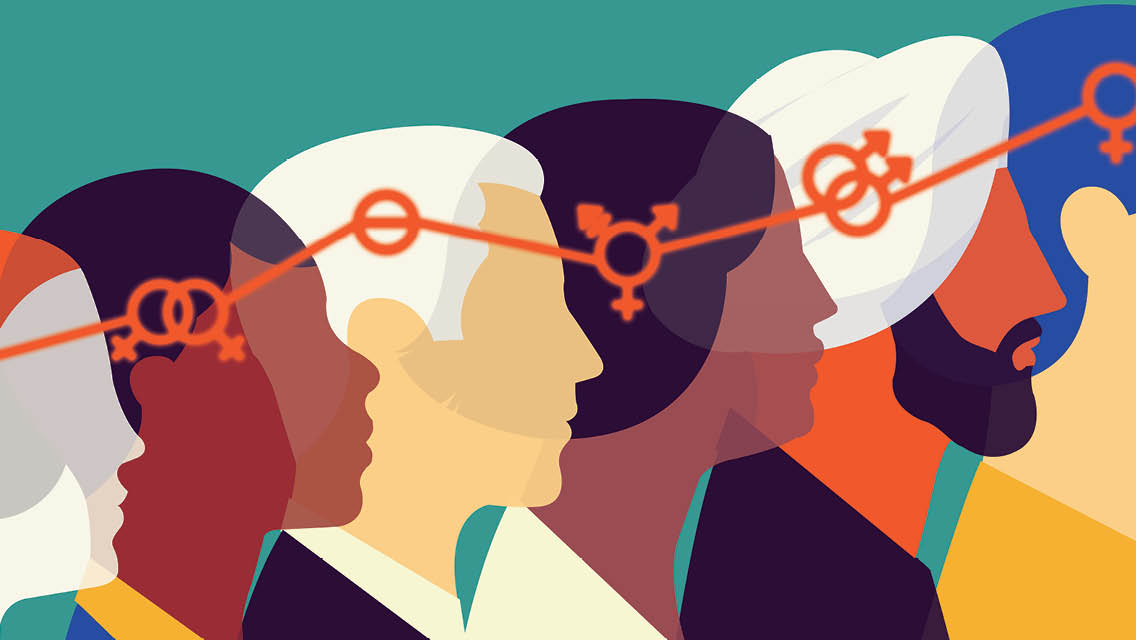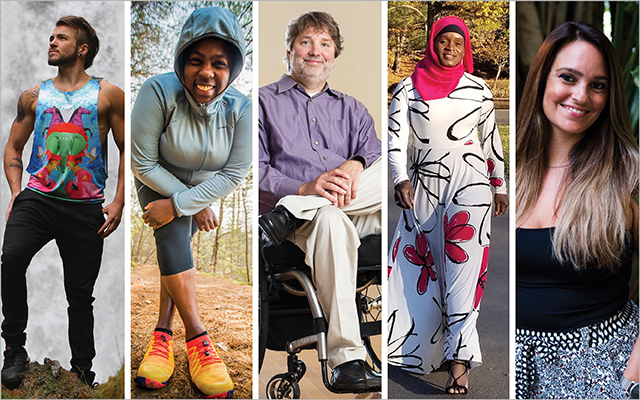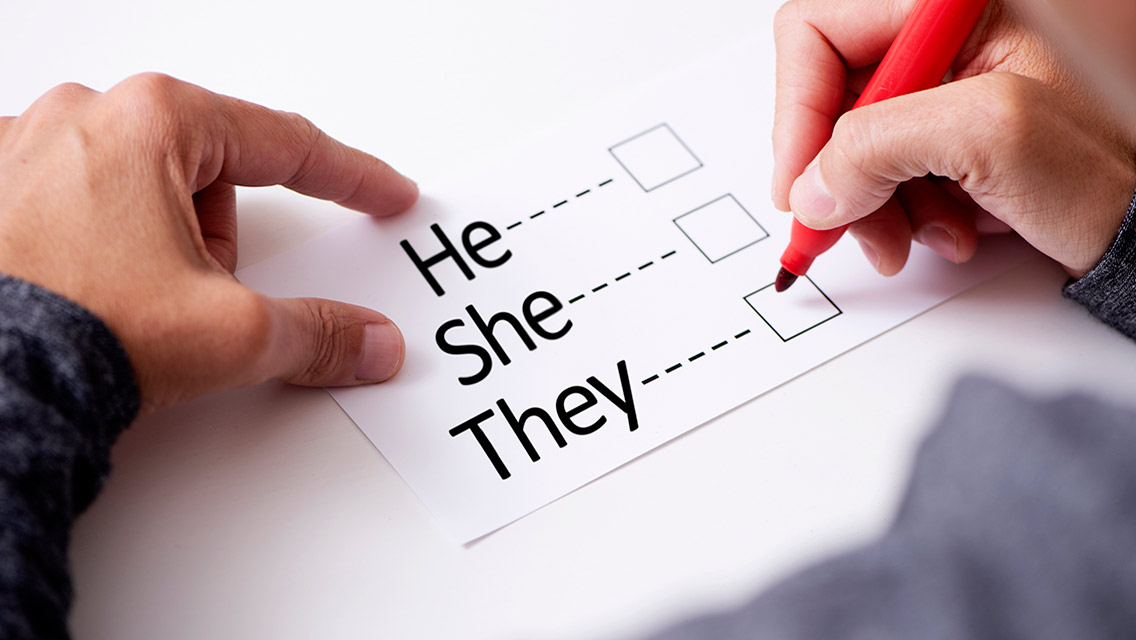If you’ve become more accustomed to encountering young people who identify as transgender, nonbinary, or gender nonconforming in recent years, you’re not alone. An increasingly accepting culture and a diversifying vocabulary are creating an atmosphere that is starting to reflect the breadth of America’s gender diversity.
A series of surveys conducted by the Centers for Disease Control and Prevention from 2017 through 2020 revealed that 1.4 percent of 13- to 17-year-olds identify as transgender — nearly double the percentage found in surveys conducted in 2014 and 2015.
But, unlike older generations of trans people, younger people may not want or need hormonal or surgical interventions to make the transition, says Angela Goepferd, MD, medical director of the Gender Health program at Children’s Minnesota hospital.
“We as a culture just need to lean into the fact that there is gender diversity among us,” Goepferd tells the New York Times. “And that it doesn’t mean that we need to treat it medically in all cases, but it does mean that we as a society need to make space for that.”
The trend is reminiscent of the 1990s, when coming out as gay, lesbian, or bisexual became more socially acceptable, notes University of California, Santa Cruz, psychology professor Phillip Hammack, PhD. “It signifies a new confidence among a new generation to be authentic in their gender identity.”
Social media has played a key role. Indigo Giles, a 21-year-old student at the University of Texas at Austin, tells the Times that they realized their nonbinary identity after discovering a welcoming community on Tumblr.
“I think a big part of it is definitely the internet,” Giles says. “People who have maybe been having these feelings for a long time, but haven’t had the words to put to them, finally can see, in such a readily accessible way, others that feel the same.”
And just as same-sex relationships gradually gained more acceptance from mainstream culture over the past 30 years, gender diversity has begun to make inroads. A 2022 Pew Research Center survey found that more than 40 percent of respondents reported knowing a transgender person and about a quarter said they have a trans friend.
“People are being more open,” said one participant in a Pew focus group, adding that it’s a trend that offers a brighter future. “I think as we get more comfortable and we progress as a society, it’s just going to be better. So people don’t have to hide who they are. So, that gives me hope.”
(For more on gender identity, see “Your Guide to Gender Identity.”)
By the Numbers
0.7%
Estimated percentage of U.S. teens identifying as transgender in 2014 and 2015.
1.4%
Estimated percentage of U.S. teens identifying as transgender in 2020.
24.4%
Estimated percentage of U.S. transgender population made up of 18- to 24-year-olds.
44%
Percentage of U.S. adults who say they know a transgender person.






This Post Has 0 Comments